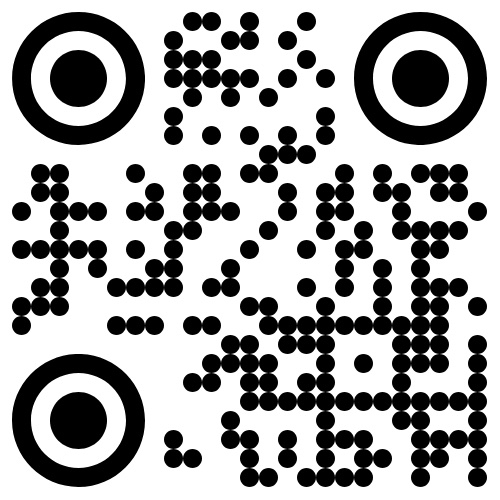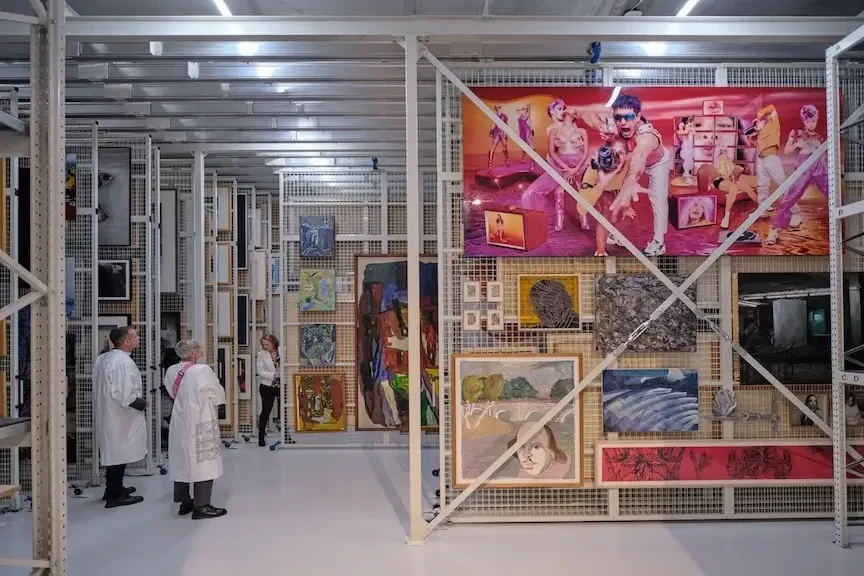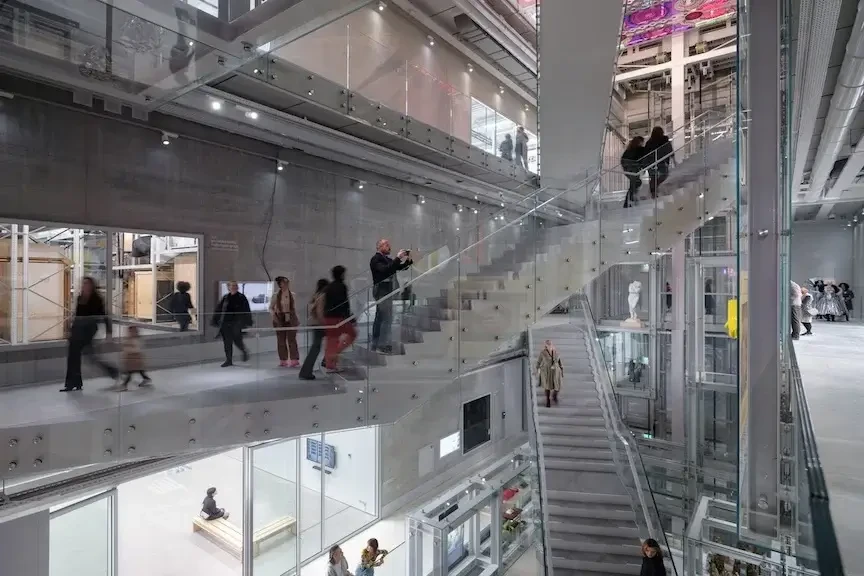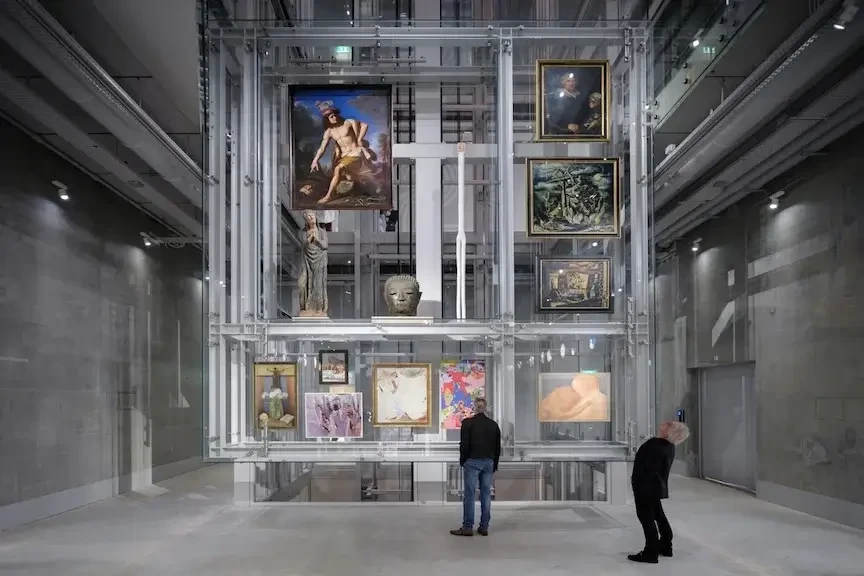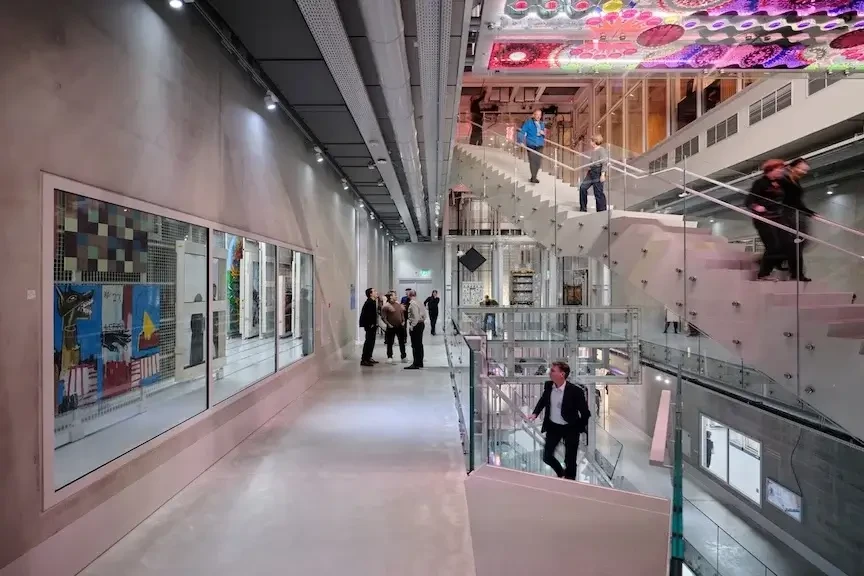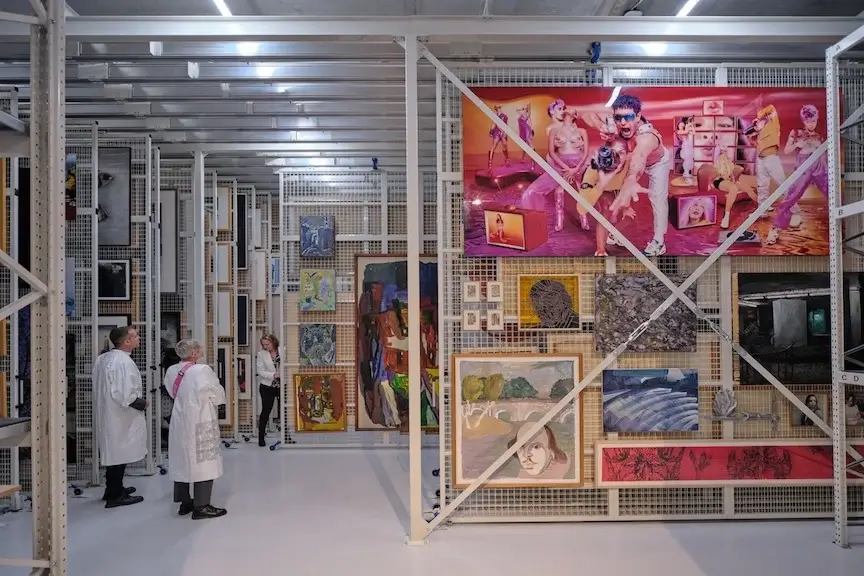


Museum Spaces
Gathering People, Objects, Ideas
We're investigating how architecture can mediate relationships between museums' publics and their collections, staff, and institutional identities.
Real estate and culture
Visitor experience
Collections engagement
Cultural heritage and identity
Challenge
Museums are gathering places, bringing together objects, people, and perspectives in endlessly fruitful combinations. Collections are at the heart of these relationships, but the spaces where they're kept don't necessarily support that role. Today very few of the objects that museums own (between 30 percent and 1 percent) are on display; the rest remain in storage facilities. Museums' real-estate needs are thus intimately related with responsibilities to grow, care for, and provide digital and physical access to their collections—imperatives that can be difficult to balance. Well-considered architecture can help to resolve these tensions as museums renew or expand their collections and display spaces through renovations, additions, and the development of satellite facilities. WOWA is examining this intersection between real estate and culture, in collaboration with the British design firm RSHP, to better understand the spatial dimensions of museums practice.
Solution
We've found that in new buildings and major renovations, major museums are choosing to display their collections, practices, and knowledge simultaneously, in spaces designed with a holistic vision for openness and access, complementing various engagement strategies. These projects can be long-term, large-scale, and in some cases evolve over half a century or more. Museum leaders undertake building campaigns for a number of reasons, including capital improvement planning, mission-related growth, disjointed storage space portfolios, overcrowded collections, and catastrophic or ongoing problems with facilities. Since the 1960s, US museums have evolved from a "visible collections" approach, maximizing the number of objects on display, to a "visible museums" approach, putting the workings of the institution itself on view. Important spatial typologies have emerged along the way, including visible and visitable storage, study centers, visible conservation studios and scientific labs, and off-site collection centers.
Impact
Today museums’ publics are becoming more diverse, traditional pedagogies are being reconsidered, and digital collections are increasingly understood as complementing physical locations. As museums seek to increase community engagement and navigate competing narratives about their histories and collections, integrated approaches to openness and access will become ever more crucial to their success. Collaborations with originating communities, co-curation of exhibitions, presentation of routine activities like registration and conservation, and renewed focus on education all benefit from and help to shape new museum architectures. As collections outgrow historic flagship buildings, and digital interfaces become integral to museumgoers’ experiences, the “where” of museums has become more complex and spatial categories have been reconceived. These changes raise significant questions for architects, planners and facility executives, as well as museum leaders, professionals, educators and visitors. Interested readers can learn more in the WOWA Knowledge Bank.
© 2025 WOWA, Inc. All rights reserved. Visit wowa.net to learn more about WOWA.
